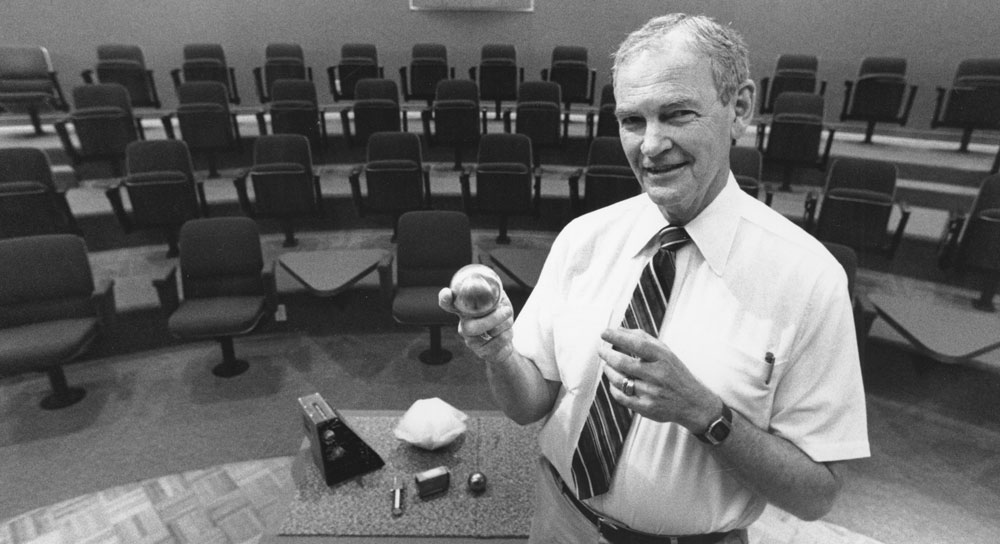Sandia’s oldest department celebrates 75 years

Recently, Sandia’s Military Liaison Department celebrated its 75th anniversary with an event that brought together past and current engineers and technical writers along with military partners from DOE, the Defense Threat Reduction Agency, the Air Force and the Navy.
“From the beginning to today, Military Liaison serves as the lead operational interface agent for NNSA’s nuclear security enterprise and military services with operational responsibility for future and enduring nuclear weapons,” said Bill Beenau, current manager and former Air Force nuclear weapons maintenance manager.
The group provides field engineering, technical publications that detail the technical procedures to operate and maintain each weapon system and first-generation training, where the field engineer provides hands-on training to DOD technicians.
“To be able to teach the DOD how nuclear weapons work and how it interfaces with their weapon systems for 75 years is a great testimony for this department and the Air Force Nuclear Weapons Center,” Bill said. “Strategic Air Command’s motto was ‘Peace is our Profession.’ Military Liaison can say with confidence that it helps make that possible.”
Before there was a Sandia, there was a Military Liaison department
The group started unofficially in late 1945. By 1946, Los Alamos personnel were giving informal technical assistance to the military assemblers, and thus performing core military liaison tasks.
Military Liaison was formerly established in 1947 by Los Alamos National Laboratory’s Z Division to promote communication and understanding between LANL and military services who had operational responsibility for nuclear weapons. Many of the original Military Liaison personnel were directly from the Manhattan Project and quite a few had worked for Los Alamos.
“I always thought of Military Liaison as where the rubber meets the road. The weapons designers needed someone to help create an interface between the military services and the engineering components,” said retired systems engineer and Air Force nuclear weapons manager Mac Stringer.
When Sandia Laboratory was formed in 1949, the group became a Sandia function. The addition of the California Laboratory in 1979 made it Sandia National Laboratories.
“This important mission will be functioning 25 years from now. I would like an invitation to come back to the 100th to talk about the good old days of 2022,” said John Hogan, a former Military Liaison trainer and cofounder of the Weapon Intern Program. “Please have it again on Dec. 8, when I will be 100 years and one day old.”
See the 75th anniversary video that discusses the group’s history and evolution or check out Sandia’s history webpage for more on the Labs annals.